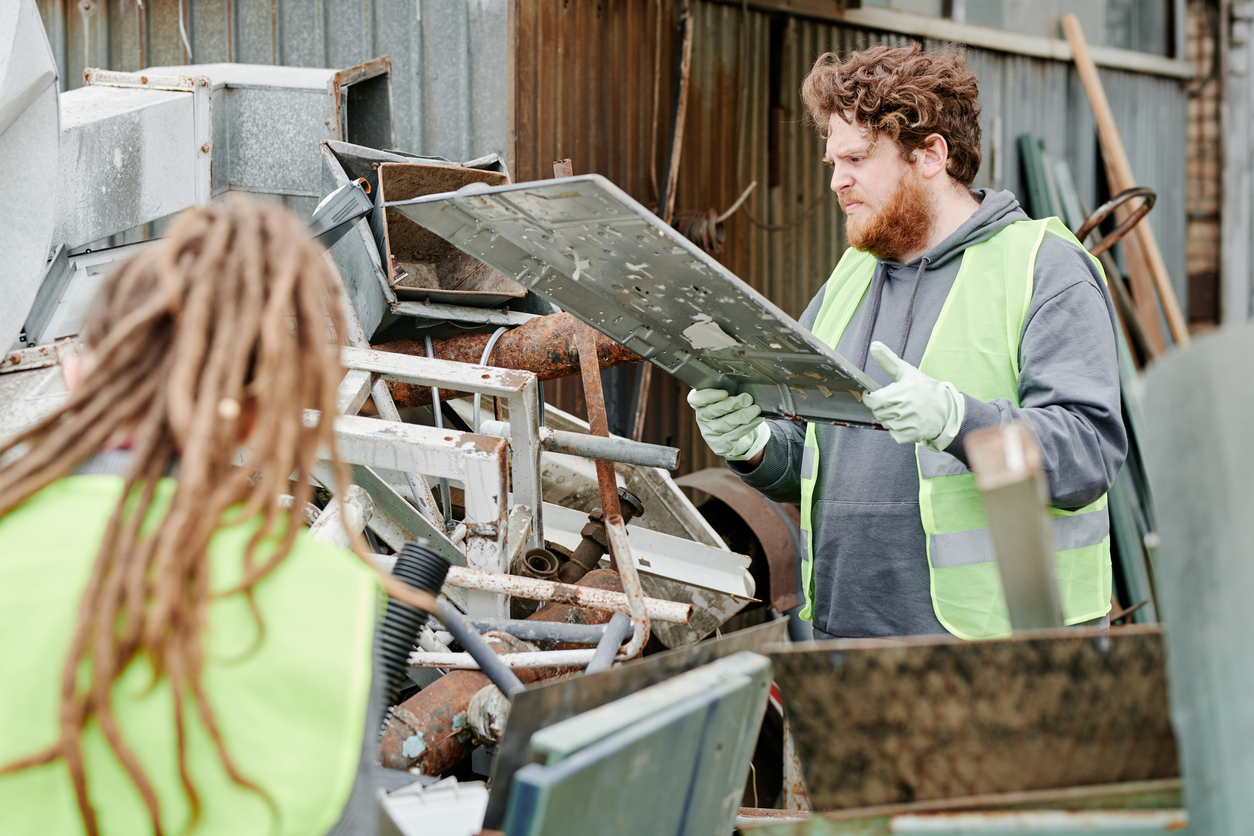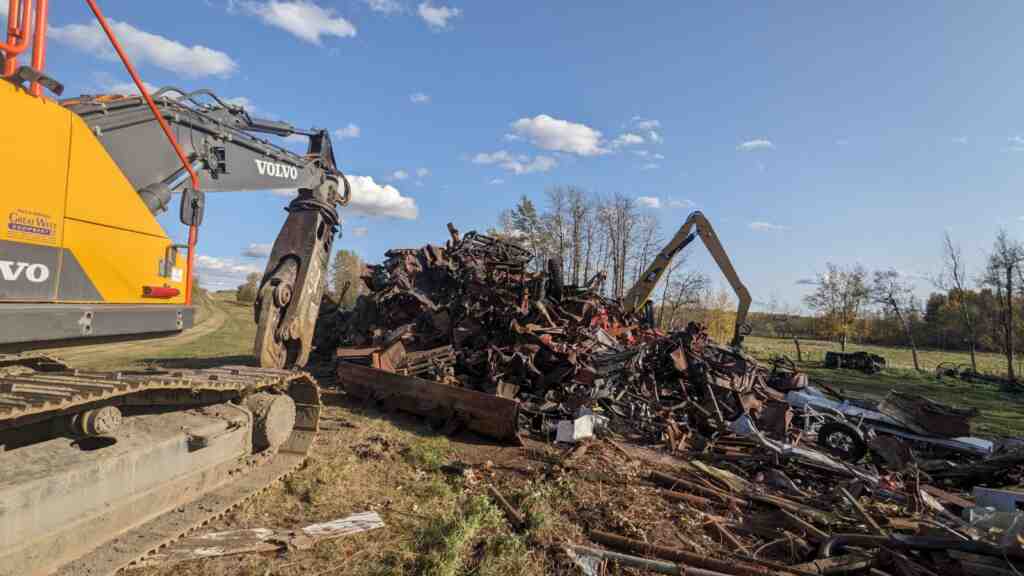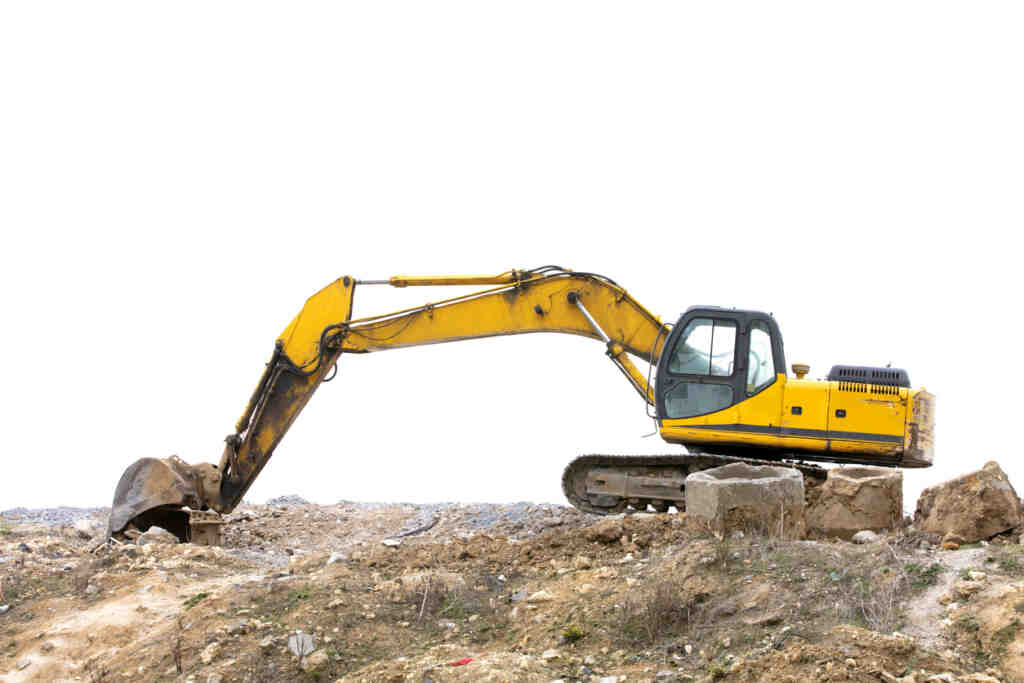
When you hear the word ‘boneyard,’ you might think of forgotten places filled with old equipment and rusted scrap metal. But for businesses, these spaces can be goldmines waiting to be uncovered—if approached strategically. Boneyard cleanups offer a way to transform these overlooked areas into opportunities for profit and sustainability.
A boneyard is essentially a storage site where retired or excess equipment, vehicles, and other materials are kept. These locations often hold valuable resources, including ferrous metals (such as steel) and non-ferrous metals (like copper and aluminum). With the right approach, what may seem like junk can be salvaged, recycled, and turned into cash.
By carefully sorting through these sites, valuable materials can be identified and extracted. Structural steel, copper wiring, aluminum components, and other recyclable metals are commonly found, providing opportunities for cost recovery and efficient resource use.

Unmanaged boneyards don’t just represent missed financial opportunities—they can also become liabilities. Over time, cluttered sites can lead to inefficiencies and difficulties in accessing and organizing workspaces. A thorough boneyard cleanup frees up valuable space and transforms potential hazards into revenue-generating assets.
Professional cleanup services assess the site and develop plans to maximize the value of recovered materials. This not only recovers costs but also reduces waste and enhances operational safety, ensuring the space is used efficiently and effectively. As a bonus, it can open up valuable warehouse space or real estate if it's close to a major centre.
Leaving boneyards unattended can lead to significant risks. Without proper management, these areas often become targets for scrap metal theft, particularly when higher value non-ferrous metals like copper are involved. The loss of such materials can not only be costly but also disrupt operations.
Beyond theft, there are also fire hazards to consider. Improperly stored materials, especially those with flammable residues, can ignite, posing serious safety threats and environmental damage. This can result in regulatory fines and increased liability.
To mitigate these risks, regular assessments and proactive cleanups are essential. Properly securing and managing materials reduces theft and fire hazards while ensuring the site complies with safety and environmental standards.
Effective boneyard cleanup isn’t just about removing clutter; it’s about creating value. A thorough approach includes sorting materials on-site to identify salvageable metals and other valuable resources. This process aims to minimize waste by recycling as much material as possible, turning potential landfill waste into reusable resources.
By focusing on recovery and recycling, businesses can offset costs and contribute to a more sustainable and circular economy. Salvaged metal can be recycled and reused in various industries, reducing the need for new resources and decreasing the environmental footprint of operations.

Boneyards might seem like neglected parts of industrial sites, but they hold untapped potential. With the right approach, they can become profitable assets that enhance efficiency and sustainability.
If you’re ready to transform your boneyard into a revenue-generating resource, reach out to Richmond Steel Field Services. We specialize in efficient salvage and recycling services designed to maximize value and minimize waste in your boneyards.